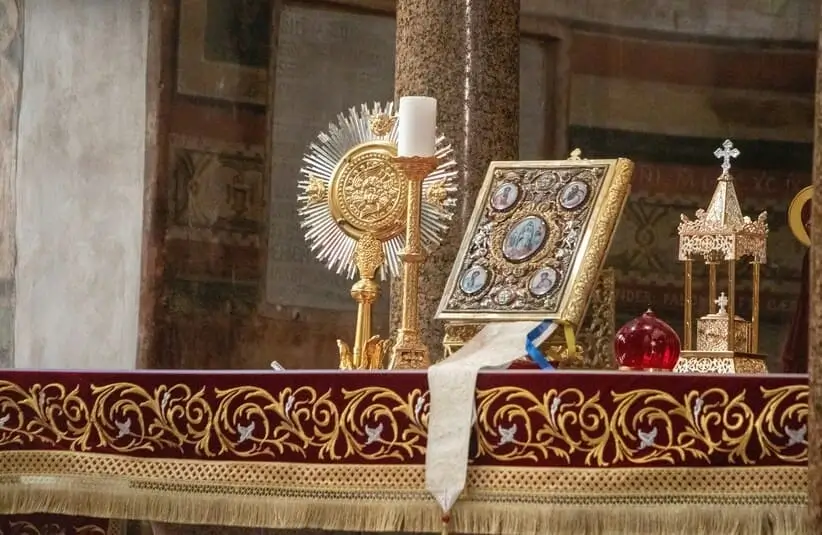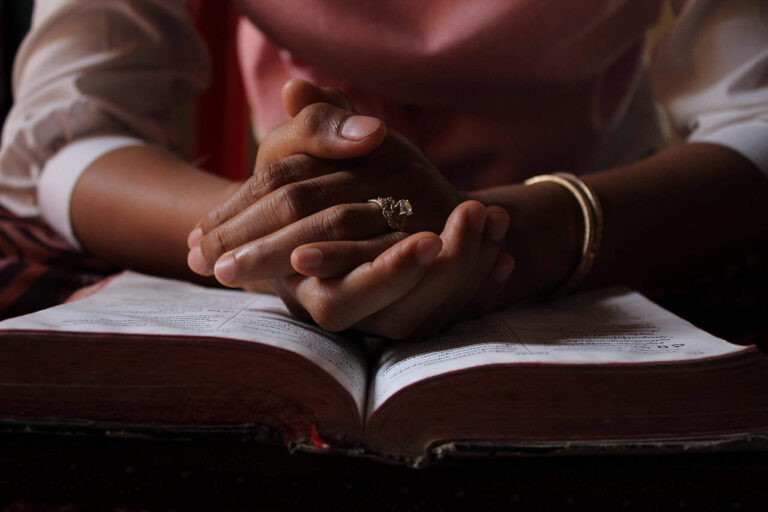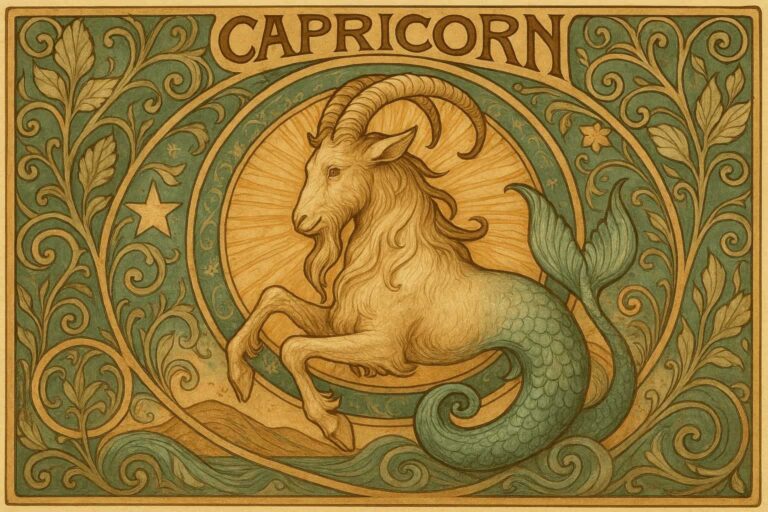Saint Aloysius de Gonzaga 16th Century Italian Aristocrat and Jesuit
Saint Aloysius de Gonzaga was born on March 9, 1568, and he died on June 21, 1591. He was an Italian aristocrat who became a member of the Society of Jesus. He died as a result of caring for the victims of a serious epidemic. Saint Aloysius de Gonzaga is the patron saint of youth and students. In 1926, he was named patron of all Christian youth. Saint Aloysius de Gonzaga is also the patron saint of plague victims. For his compassion and courage in the face of an incurable disease, St. Aloysius Gonzaga has become the patron both of AIDS patients and their caregivers. Would you pray to him if you were sick?
Saint Aloysius de Gonzaga Biography
Saint Aloysius Gonzaga was born the oldest of eight children. He lived in a castle and was of noble birth. “Aloysius” is the Latin form of his given name in Italian, “Luigi.” As the firstborn son, he was in line to inherit his father’s title and status of Marquis. When he was four, he was given a set of miniature guns and accompanied his father on training expeditions so that the boy might learn “the art of arms.” A year later, he began his military training.
Saint Aloysius de Gonzaga grew up in Renaissance Italy, with all its violence and political intrigue. When he was 8, he was sent to Florence to serve at the court of the Grand Duke Francesco I de’ Medici and to receive further education. While there, he became ill with a disease of the Kidneys that plagued him his entire life.
Saint Aloysius de Gonzaga met Cardinal Charles Borromeo, and, from him, he received First Communion. After reading a book about Jesuit missionaries in India, Gonzaga felt strongly that he wanted to become a missionary. In 1581, he went with his family to Spain to help the Holy Roman Empress, and he became a page for her young son. He started thinking in earnest about joining a religious order.
In July 1584, he returned to Italy. He still wanted to be a Priest and considered several orders. If he were to become a Jesuit, he would renounce any right to his inheritance or status in society. His family’s attempts to dissuade him failed; Saint Aloysius de Gonzaga was not interested in a higher office and still wanted to become a missionary.
Saint Aloysius de Gonzaga Veneration
Saint Aloysius de Gonzaga was buried in the Church of the Most Holy Annunciation in Rome. Many people considered him to be a saint soon after his death, and his remains were moved around quite a bit. First, his remains were moved into the Sant’Ignazio church, where they now rest in an urn of lapis lazuli in the Lancellotti Chapel. His head was later moved to the sanctuary-basilica bearing his name in Castiglione delle Stiviere.
He was beatified only fourteen years after his death, and he was canonized by Pope Benedict XIII with another Jesuit, Stanislaus Kostka. The Carmelite mystic, Mary Magdalene de’ Pazzi, claimed to have had a vision of Saint Aloysius de Gonzaga on April 4, 1600. She described him as radiant in glory because of his “interior works,” a hidden martyr for his great love of God. His feast day is celebrated on 21 June, the date of his death.
Conclusion
Saint Aloysius de Gonzaga was of noble birth. He was the firstborn son of his family and was in line to inherit all of his family’s possessions. He and his family were called upon to help the Holy Roman Empress, Maria of Austria. He gave up all of that and decided to become a Jesuit missionary.







